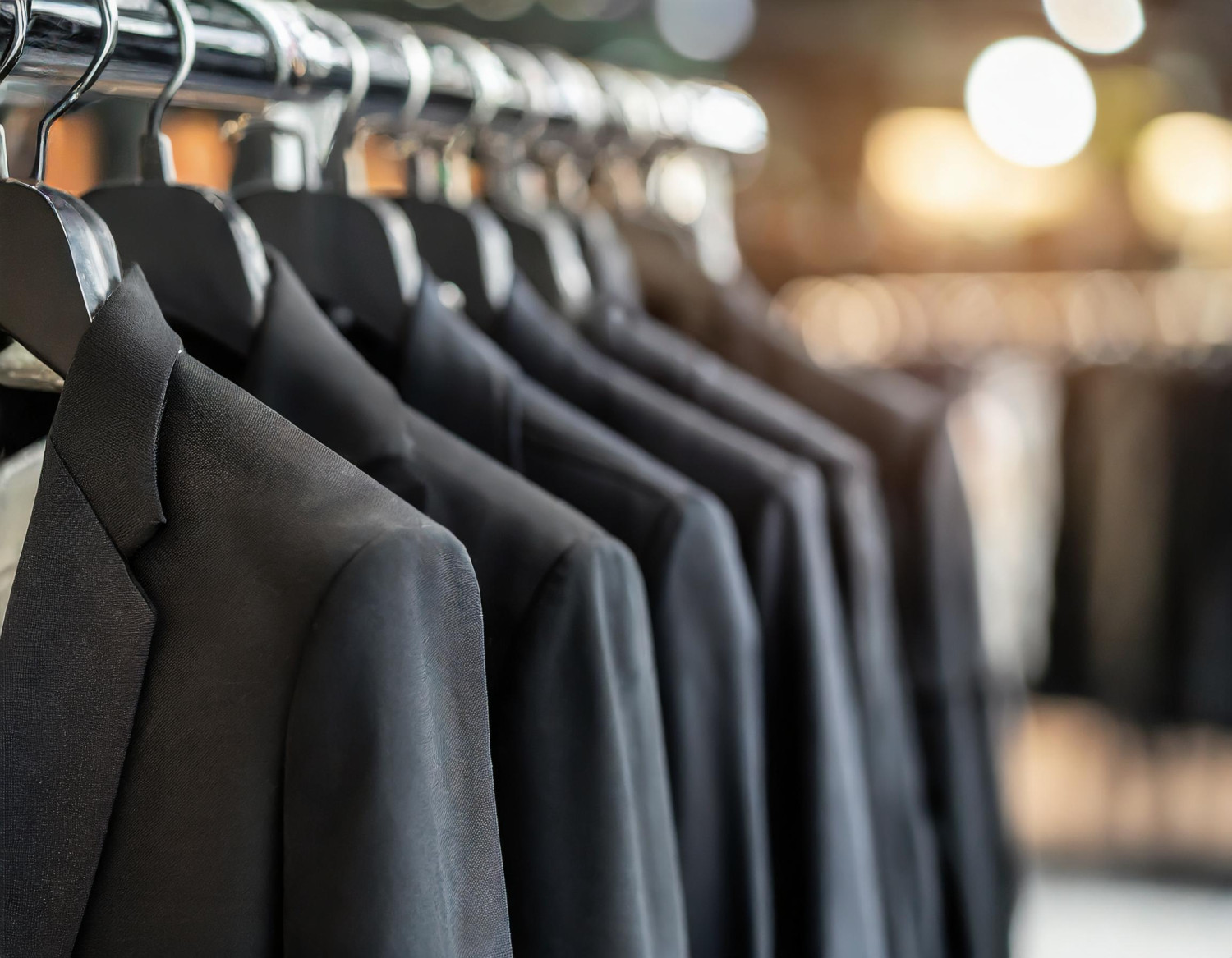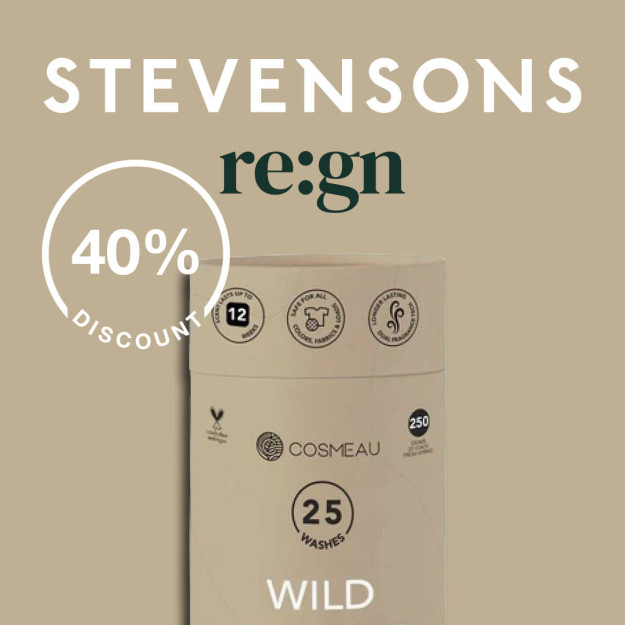

In an era defined by global challenges and environmental consciousness, we are committed to leading the way in ethical and sustainable practices. We believe that our actions today have a profound impact on tomorrow, and as such, we are dedicated to prioritising social responsibility, environmental management, and ethical sourcing across all aspects of our business. From supply chain transparency to eco-friendly materials, our ethics and sustainability goals are integral to our mission of creating a better world for future generations.
By partnering with suppliers and factories who share our values and adhere to strict ethical standards, we can guarantee that our uniforms are produced under fair and safe working conditions. Additionally, we conduct regular audits and assessments to monitor compliance and address any issues that may arise, ensuring accountability and integrity at every stage of production.
We believe that every worker deserves to be treated with dignity, respect, and fairness which is why we are committed to upholding fair labour practices across our supply chain. Our suppliers are required to provide fair wages, safe working conditions, and opportunities for professional development and advancement.


GOOD LABOUR STANDARDS
Labour standards are based on the convention of the International Labour Organisation (ILO).
No forced indentured or prison labour is used. Any worker shall not be forced to remain in employment for any period against their will.

SAFE AND HYGENIC WORKING CONDITIONS
A safe and hygienic working environment must be provided with all steps taken to minimise any risk of accident or hazard to health.
An employee of the factory must be assigned responsibility for Health & Safety and all workers shall receive regular training. Access must be provided for toilet facilities and potable water. Any accommodation where provided shall be clean and safe.

LIVING WAGES ARE PAID
Wages at a minimum, must meet the national legal standards or a level that provides a standard of living to meet basic needs, whichever is the higher.

WE WONT DISCRIMINATE
Workers shall be employed based on their ability to do the job, not based on their characteristics or beliefs.
WE WONT DISCRIMINATE
Workers will be hired on their ability to do the job without regard to race, caste, colour, gender, nationality, religion, age, maternity or marital status.

NO CHILD LABOUR
There shall be no employment of child labour. Workers must meet the applicable minimum legal age requirement or be at least 16 years of age, whichever is greater.
All policies and procedures must follow ILO standards.

WORKING HOURS ARE NOT EXCESSIVE
Working hours shall comply with national laws, but shall not exceed regularly more than 48 hours per week with at least one day off.

NO HARSH OR INHUMANE TREATMENT IS ALLOWED
Workers shall be treated with respect and dignity and not treated punitively or inhumanly. Physical or physiological force must not be used.

ENVIRONMENTAL LAWS MUST BE MET
Factories must comply with all applicable environmental laws and regulations.
ENVIRONMENTAL LAWS MUST BE MET
Factories must strive to reduce their carbon footprint through the use of renewable energy and focus on reducing their negative impact on the environment.
We recognise our responsibility to minimise our environmental footprint and protect natural resources for future generations. That's why we are committed to integrating environmental sustainability into every aspect of our operations, from product design to packaging and distribution. We prioritise the use of eco-friendly materials, such as organic cotton, recycled polyester, and biodegradable fibres, to reduce our reliance on finite resources and minimise waste. Additionally, we are continually seeking innovative solutions to reduce energy consumption, water usage, and greenhouse gas emissions throughout our supply chain.
Through our current initiatives we already…
•Save over 250,000 single-use plastic bags from going to landfills, utilising sugar cane, and recyclable alternatives.
•Donate hundreds of redundant garments to charitable causes
•Work with business partners that have similar commitments to supporting UK communities and reducing carbon emissions of importation.
•Instead of producing items to hand out at conferences that may end up in landfills or use copious amounts of wastewater and other materials to produce, plant trees for conference attendees and stand visitors on their behalf.
By designing durable, long-lasting uniforms actively supporting second-hand functions within schools, we aim to minimise waste and extend the lifespan of our products. Through partnerships with local communities, charities, and recycling facilities, we facilitate the reuse and repurposing of old uniforms, ensuring that they remain out of landfills and contribute to a more circular and sustainable economy.
By aligning ourselves with likeminded brands, we continue to grow a support network of responsible meaningful initiatives that gives our school partners and their parents access to responsibly sourced products and services.


Eco-friendly Garment Care
RE:GN
We have partnered with RE:GN who develop ethical and eco-friendly products, specifically for garment care. We have a partnership with the Cosmeau’s scent boosters which keep your garments smelling fresh but doesn’t disturb the fabric composition. USE DISCOUNT CODE: STEVENSONS40 For 40% off 10 products *Applies to one-time purchases on scent boosters One use per customer Cannot be used in conjunction with other discounts Click the below link for their website
RE:GN
A different type of merchandise
TREES NOT TEES
With over 40% of merchandise handed out at corporate events and conferences goes straight to landfill. To minimise our waste, we work closely with Trees not Tees, who plant a tree on your behalf instead. By choosing to plant a tree, we’re not only contributing to reforestation efforts but also offsetting our carbon emissions and fostering biodiversity. Click the below link for their website
Trees Not Tees

Supporting HYH
HERTS YOUNG HOMELESS
HYH work with 16-24 year olds who are homeless, at risk of homelessness or experiencing family breakdowns. This includes those sleeping on the streets, sofa surfing or residing in temporary locations that are no longer able to support them. In 2023 we participated in the Herts Young Homeless Christmas campaign. As a company, we made a meaningful contribution by donating a variety of items to help the individuals supported by this charity during the Christmas period. To read more about HYH, click below
Herts Young Homeless